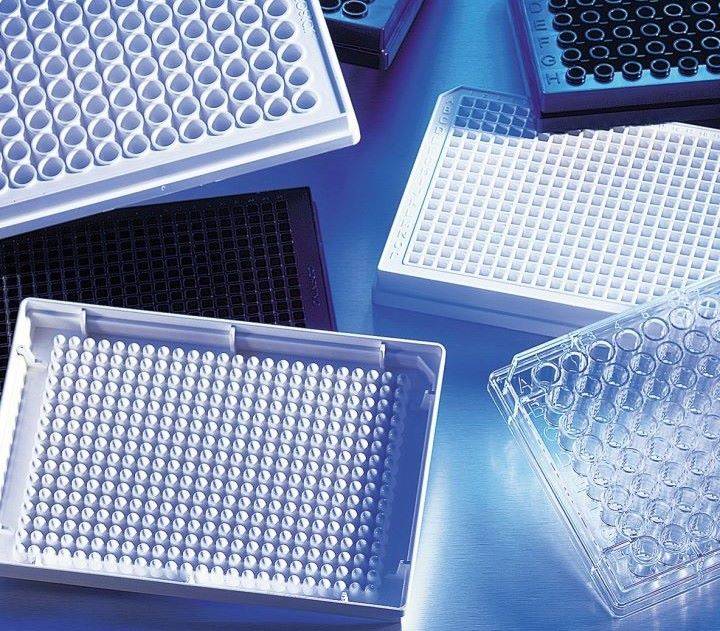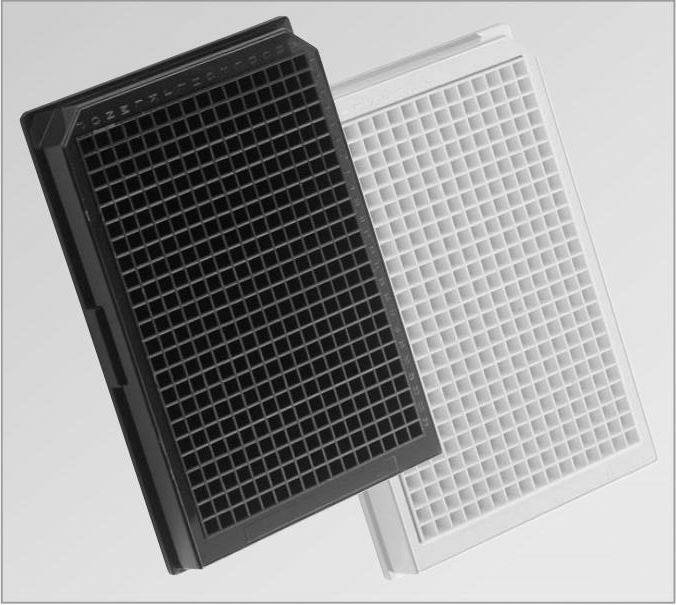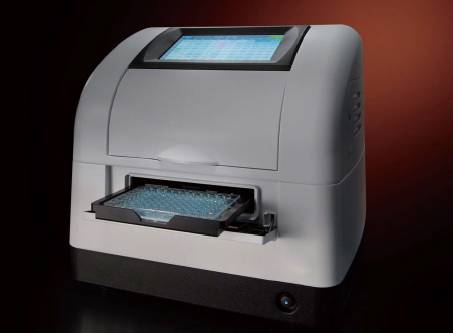Microplate Selection for Zymography Assays
Microplate Classification by Shape
Microplates are categorized by their shape, each designed to meet specific experimental needs.
Flat-bottomed plates are versatile, making them ideal for a wide range of applications such as liquid dispensing, cell culture, and enzyme labeling tests. Their flat bottoms ensure even distribution of reagents and cells, facilitating accurate and reproducible results.
Round bottom plates are optimized for homogeneous analysis and compound storage. Their design aids in easy cleaning and efficient sample recovery, making them suitable for applications where minimal sample residue is crucial.
Tapered bottom plates are particularly beneficial for long-term compound storage. Their unique shape facilitates easy sample recovery and reduces sample residue, ensuring that the integrity of stored compounds is maintained over extended periods.

Microplate Classification by Color
Microplates are categorized by color to suit various detection modes in zymography assays. Each color variant has distinct advantages tailored to specific experimental needs.
-
Transparent Plate: This type is completely transparent, making it ideal for cell culture, direct observation, and colorimetric analysis. Its transparency ensures that light can pass through unobstructed, allowing for accurate measurement of color changes indicative of enzymatic activity.
-
White Plate: Opaque white plates are designed to block light interference, which is crucial for chemiluminescence detection. The white surface effectively reflects the signal, enhancing the detection range of the probe. This makes white plates particularly suitable for applications where light scattering could otherwise obscure results.
-
White Transparent Bottom Plate: This hybrid plate features a transparent bottom and a white upper section. It is optimized for chemiluminescence detection in cytology, allowing simultaneous colorimetric and chemiluminescence analysis within the same well. This dual-detection capability is invaluable for comprehensive assay results.
-
Black Plate: Opaque black plates significantly enhance fluorescence detection sensitivity by minimizing background fluorescence. This coloration allows for multiple fluorescence detections within the same well, making it a preferred choice for high-sensitivity applications.
-
Black Transparent Bottom Plate: With a transparent bottom and black upper section, this plate is tailored for fluorescence detection in cytology. It enables simultaneous colorimetric and fluorescence detection analysis, providing a versatile solution for complex assays.

Each color variant of microplates offers unique benefits, ensuring that researchers can select the most appropriate plate for their specific zymography assay needs.
Detection Modes and Corresponding Microplates
Absorbed Light Detection
The principle of absorbed light detection involves directing a beam of monochromatic light towards a sample. As the light interacts with the sample, a portion of it is absorbed, while the remaining light passes through to a detector. The degree to which the light is absorbed by the sample is quantified as absorbance. This method is crucial for various analytical techniques, particularly in zymography assays.
For optimal results in absorbed light detection, two types of microtiter plates are recommended: transparent plates and UV plates.
-
Transparent Plates: These plates are ideal for visible light detection. Their clear material allows for unobstructed transmission and detection of light in the visible spectrum, making them suitable for a range of colorimetric analyses.
-
UV Plates: Designed specifically for ultraviolet light detection, these plates offer superior performance compared to traditional quartz plates. They are engineered to transmit ultraviolet light efficiently, making them a cost-effective alternative for UV-based analyses.
By selecting the appropriate microplate based on the wavelength of light being used, researchers can ensure precise and accurate measurements in their absorbed light detection experiments.
Fluorescent Light Detection
Principle: When exposed to a specific wavelength of excitation light, the electrons within the fluorescent molecules are energized, propelling them to a higher energy state. Upon returning to their original energy level, these electrons release energy in the form of light, known as emission light. This phenomenon is the foundational principle behind fluorescent light detection.

Microplate Recommendations: For optimal fluorescence detection, two types of microplates are recommended: the black plate and the transparent bottom plate with black edge.
-
Black Plate: This opaque, black-colored plate is designed to enhance the sensitivity of fluorescence detection. Its dark surface minimizes background noise and light interference, making it ideal for top detection methods where the light source and detector are positioned above the sample.
-
Transparent Bottom Plate with Black Edge: This variant is particularly suited for samples that exhibit precipitation or those involving adherent cell samples. The transparent bottom allows for direct light transmission, while the black edges help in reducing stray light, thereby improving the accuracy and sensitivity of fluorescence readings.
These microplate choices ensure that the fluorescence signals are captured with minimal interference, thereby enhancing the reliability and precision of your experimental results.
Luminescence Detection

Principle: Luminescence detection relies on the emission of light through a chemical reaction, known as autoluminescence. In the context of living organisms, this phenomenon is referred to as bioluminescence. Unlike other detection methods, luminescence does not require an external light source, making it a versatile and efficient technique for various applications.
Microplate Recommendations:
| Microplate Type | Recommended Use |
|---|---|
| White Plate | Ideal for top inspection, where the light emission is directly observed from above. |
| White Transparent Bottom Plate | Suitable for luminescence detection in scenarios involving precipitated samples or adherent cell cultures, where the light emission needs to be captured through the bottom of the plate. |
The choice of microplate is crucial for optimizing the detection sensitivity and clarity of the luminescence signal. White plates reflect the emitted light more effectively, enhancing the signal visibility, while white transparent bottom plates allow for simultaneous detection and analysis in adherent cell cultures or samples with precipitation.
Related Products
Related Articles
- Comprehensive Guide to Cylindrical Lab Electric Heating Press Mold: Technology and Applications
- Understanding and Selecting the Right Microplates for Laboratory Applications
- Nine Precision Molding Processes of Zirconia Ceramics
- Fused Silica Crucible: Properties, Applications, and Preparation Process
- Preparation Techniques for Solid Samples in Infrared Spectroscopy

